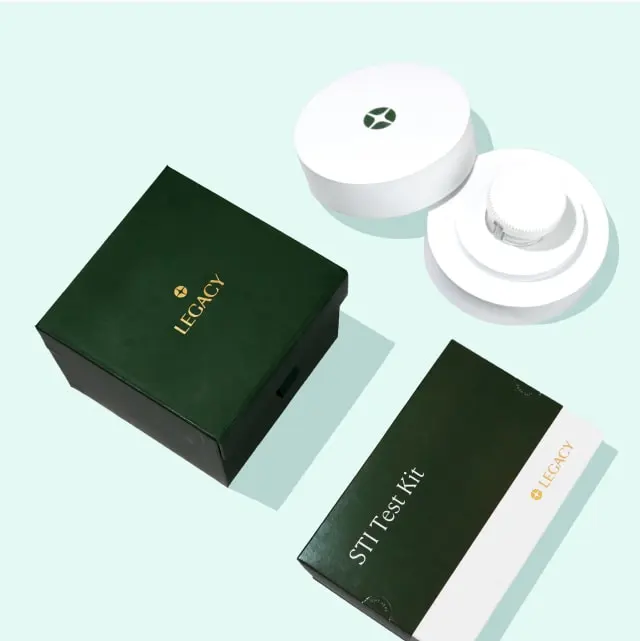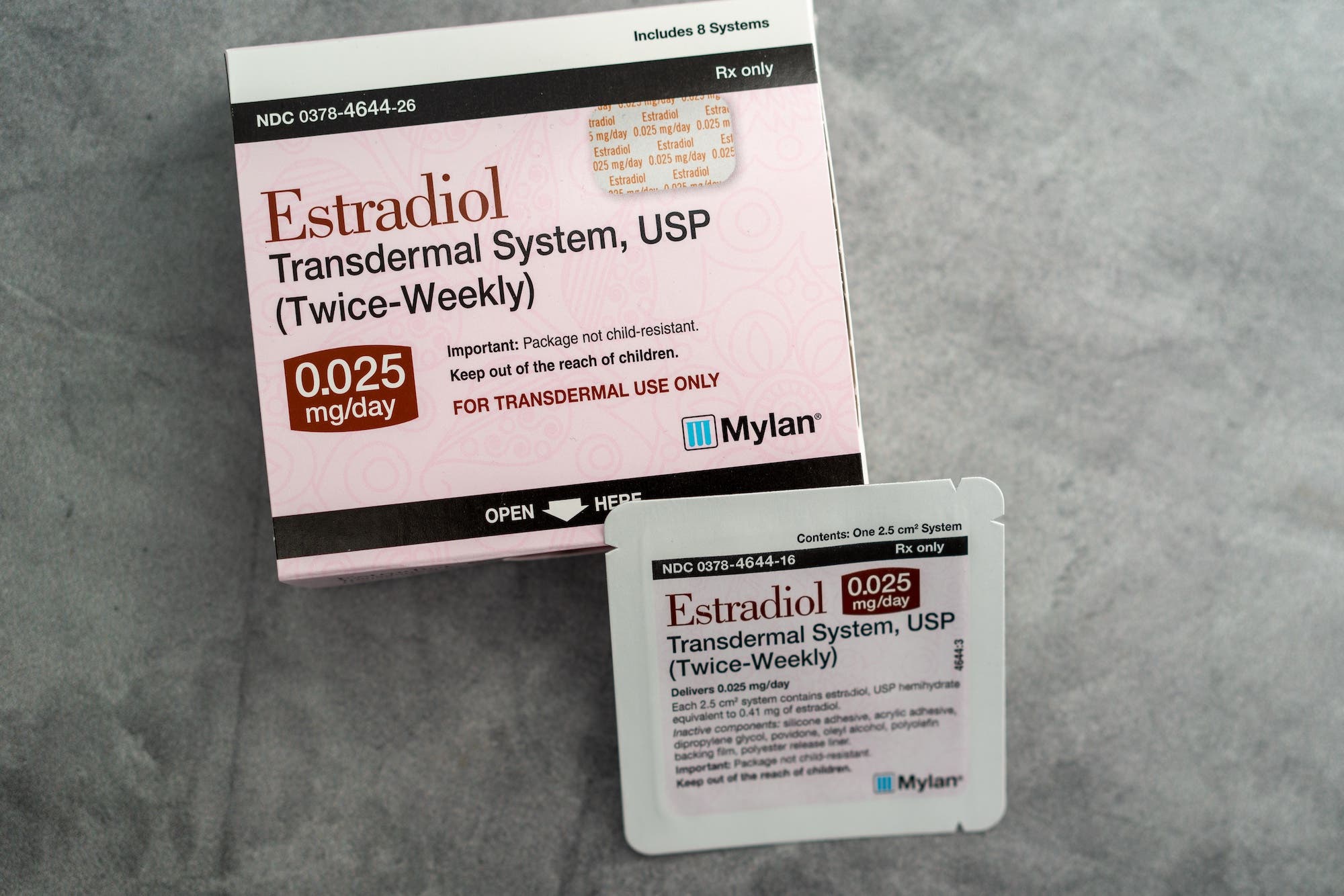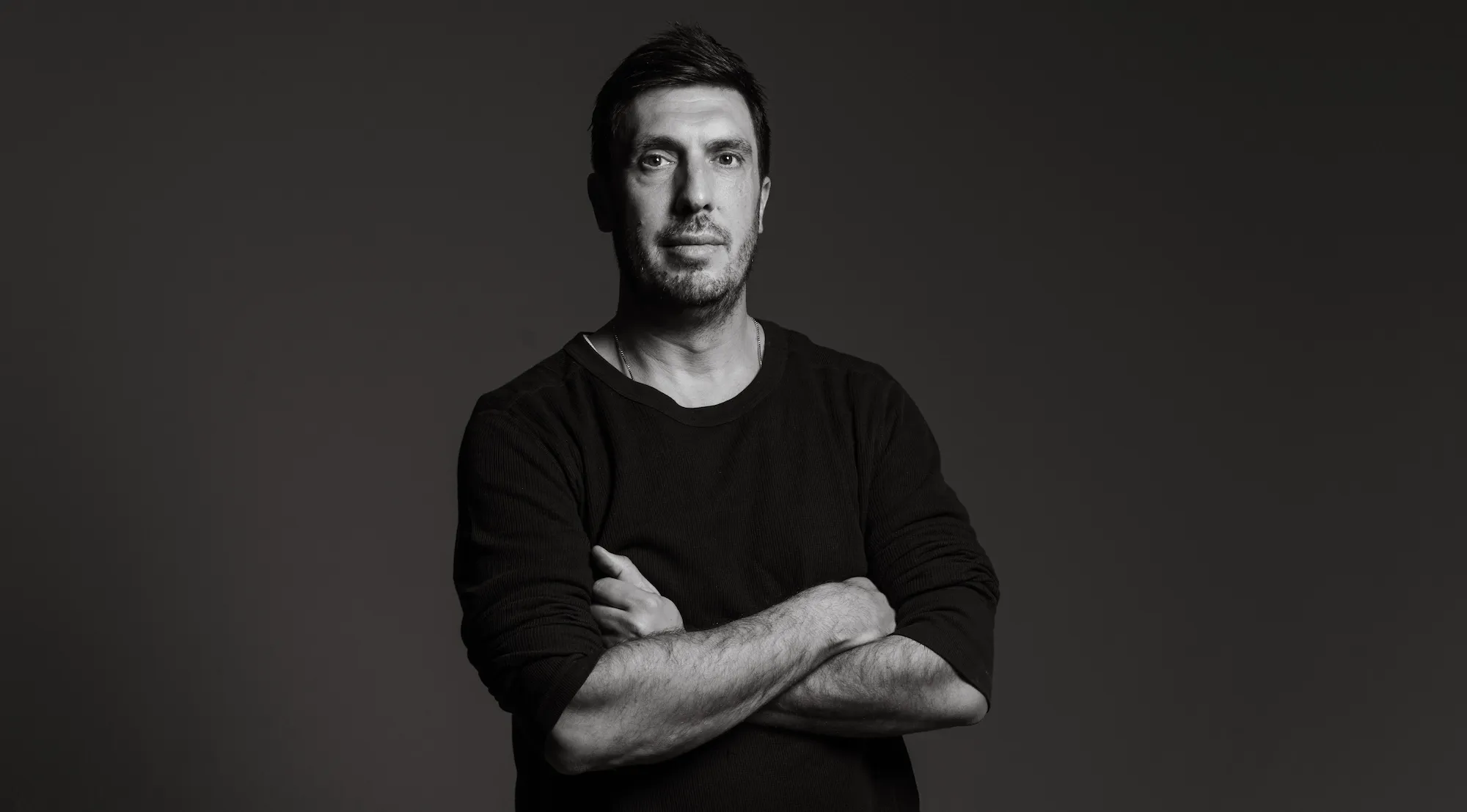A number of years ago, a story got around that went something like this: The body of entertainment master Walt Disney – whose artistic creations often looked far into the future to predict new advances in science and society — had been frozen so that he might be one day be revived when science had discovered a way to treat whatever had killed him.
It all sounded plausible enough. After all, who wouldn’t want the chance to live a healthier life for as long as possible – even if that meant being kept on ice until scientific discoveries allowed for a near-immortal existence?
The Disney rumor has long been debunked, but the fact remains that advances in science continue to be made in ways that promise to alter how we live our lives. And that includes how and when we choose to conceive our children.
What if, for example, one waited to start a family when humans were better able to fight diseases and afflictions? Back in 2014, scientists from The University of Edinburgh announced that they had successfully regenerated an immune organ in mice.
At the time, lead researcher Clare Blackburn from Edinburgh’s Medical Research Council (MRC) Centre for Regenerative Medicine, said, “Our results suggest that targeting the same pathway in humans may improve thymus function and therefore boost immunity in elderly patients, or those with a suppressed immune system.”
Sound far-fetched?
What about the recent news that a team of scientists from Massachusetts General Hospital and Harvard Medical School used adult skin cells to regenerate functional human heart tissue, according to a study published in the journal Circulation Research?
The result: Researchers were able to grow full-sized, human hearts from stem cells in a laboratory setting.
Other types of human body parts, albeit some on a more miniature scale, have also been grown in the lab.
In January 2016, researchers from the Max Planck Institute for Infection Biology in Berlin announced that they had succeeded in growing fallopian tubes in a Petri dish.
Just a few months earlier, Ohio State University (OSU) scientists revealed that they had developed an almost complete human brain, again in a dish, that matched the brain maturity of a 5-week-old fetus.
Rene Anand, OSU professor of biological chemistry and pharmacology, said, “It not only looks like the developing brain, its diverse cell types express nearly all genes like a brain.”
As in, “99 percent of the genes present in the human fetal brain.” In an organoid that’s roughly the size of a pencil eraser.
Even vaginas have been grown in the lab. In 2014, they were transplanted into four teenage patients who had been born with a rare genetic condition in which the uterus and vagina are either developmentally stunted or, in some cases, not present at all. Treatment was reportedly successful, with those who were sexually active saying that they experienced “normal function.”
Make no mistake: No one is calling for an artificial human grown entirely from the lab. There are serious ethical issues to be considered and confronted.
Researchers at the University of Michigan recently took on some of those concerns when announcing that they had essentially stumbled upon making human embryos out of stem cells.
Yue Shao, a member of that team who is continuing his studies at the Massachusetts Institute of Technology (MIT), told the MIT Technology Review, “[W]e are trying to grow a structure similar to part of the human early embryo that is hard otherwise to study. But we are not going to generate a complete human embryo. I can’t just consider my feelings. I have to think about society.”
As scientific advances continue, though, it stands to reason that humans will keep progressing in health, wellness, and achievement.
By taking a sample of your best, highest quality assets today, you could preserve them for a time in the not-so-distant future, when they can be used to take advantage of scientific discoveries to create the healthiest human possible, from the healthiest possible you.
It sounds like something out of a Disney fantasy movie – one where the present is ever more rapidly catching up to the future.



